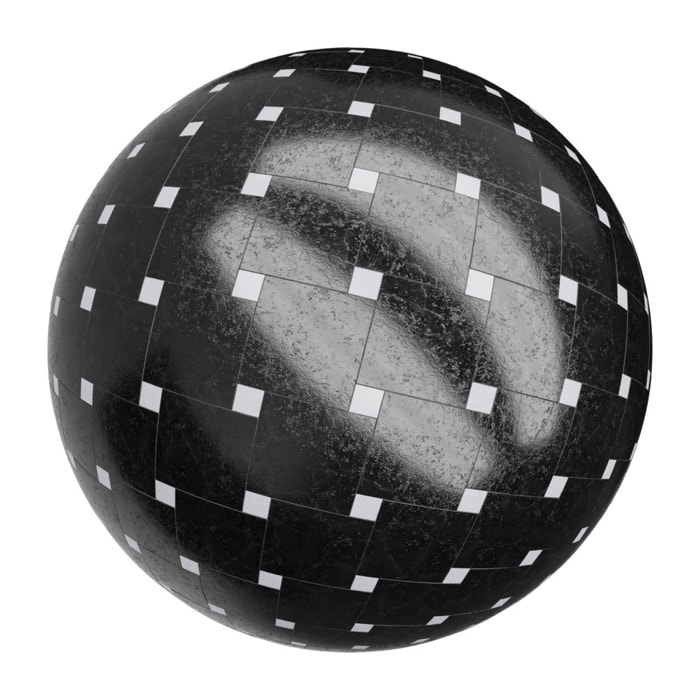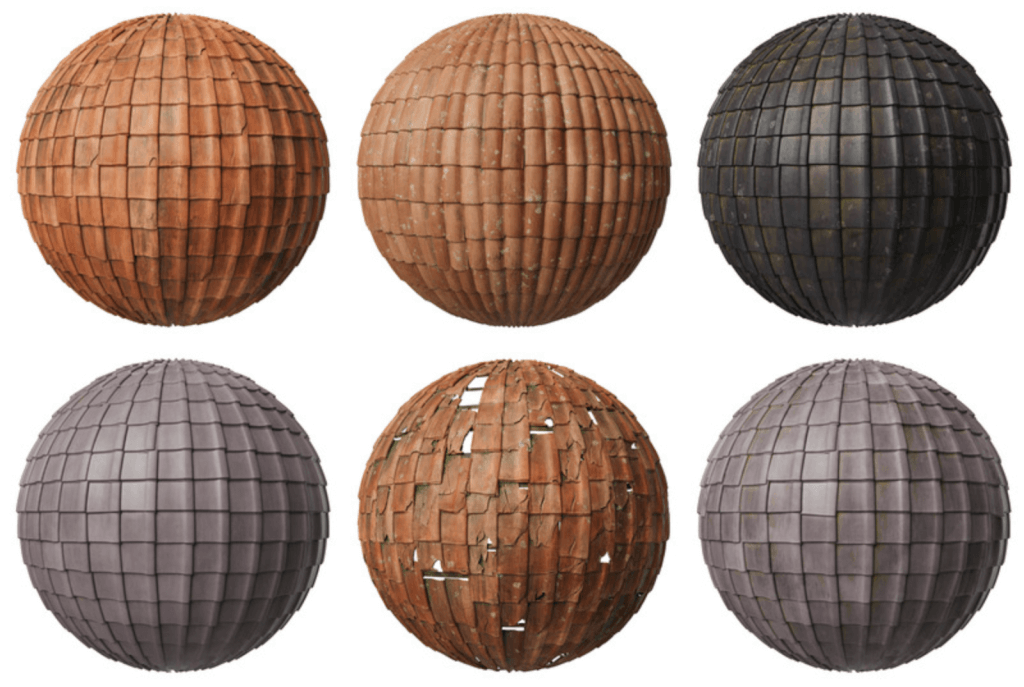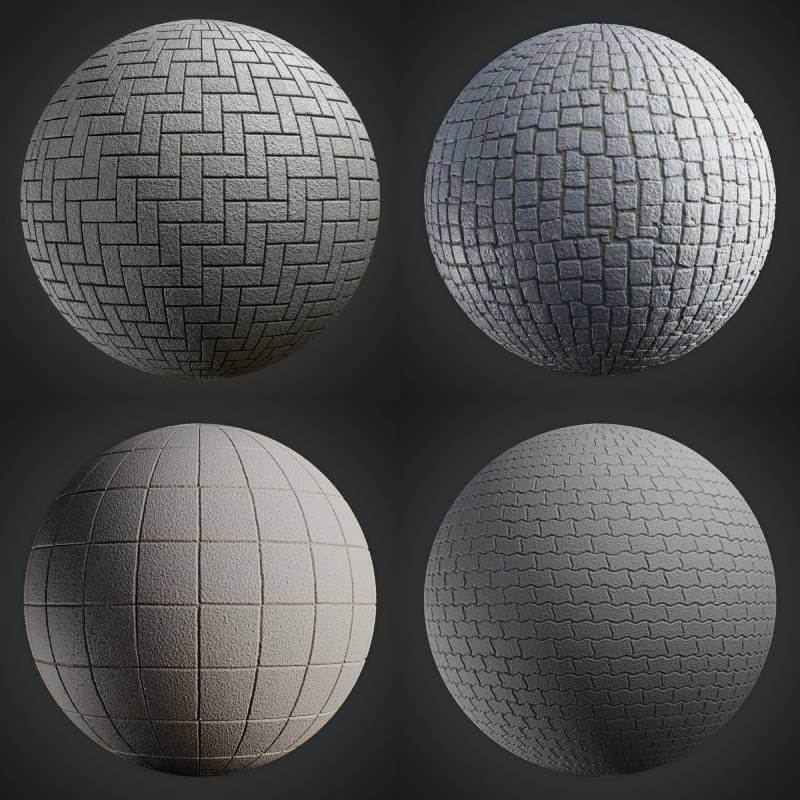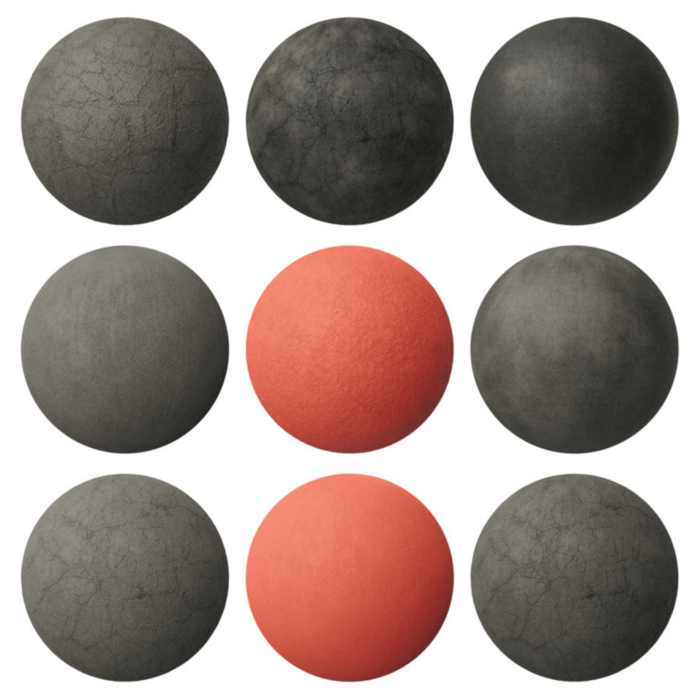
As an artist working with architectural visualization, you will have to build an extensive library with assets that will help you to set up a scene quickly. From HDR maps to PBR textures, you will need all those assets.
Nowadays, it is easy to find online libraries offering those resources in creative commons zero. That is great to save costs on making an asset library, but it might cause you some trouble to find and keep track of all updates from those libraries.
To help you download the latest updates on textures and HDR maps, we often make lists with the new releases from several of those libraries.
Here is a pack with 10 new textures you should download:
- Grey_roof_tiles_02
- New Texture: Tiles #61
- Outdoor HDRI: Epping Forest 02
- New Texture: Tiles #60
- New Texture: Tiles #59
- New Texture: Tiles #58
- New Texture: Tiles #57
- Outdoor HDRI: Epping Forest 01
- New Texture: Tiles #56
- Castle_wall_slates
- New Texture: Tiles #55
You can download all those resources directly from each one of the sites. The highlight of this list are the tiles textures available with several different texture types.

Using Blender for architecture
Do you want to use Blender for architecture or render your projects using Cycles or Eevee? We have three books available that could help you!
They cover the use of Blender for producing architectural content and also all information you need to render projects in real-time:
- Blender 2.9 for architecture: Modeling and rendering with Eevee and Cycles
- Blender 2.8 parametric modeling: Drivers, Custom Properties, and Shape Keys for 3D modeling
- Blender 3.0: The beginner's guide
- Blender Eevee: The guide to real-time rendering with Blender 2.8
You can get them in both digital and paperback formats. By ordering those books, you will not only improve your skills with Blender for architecture but also support Blender 3D Architect.




